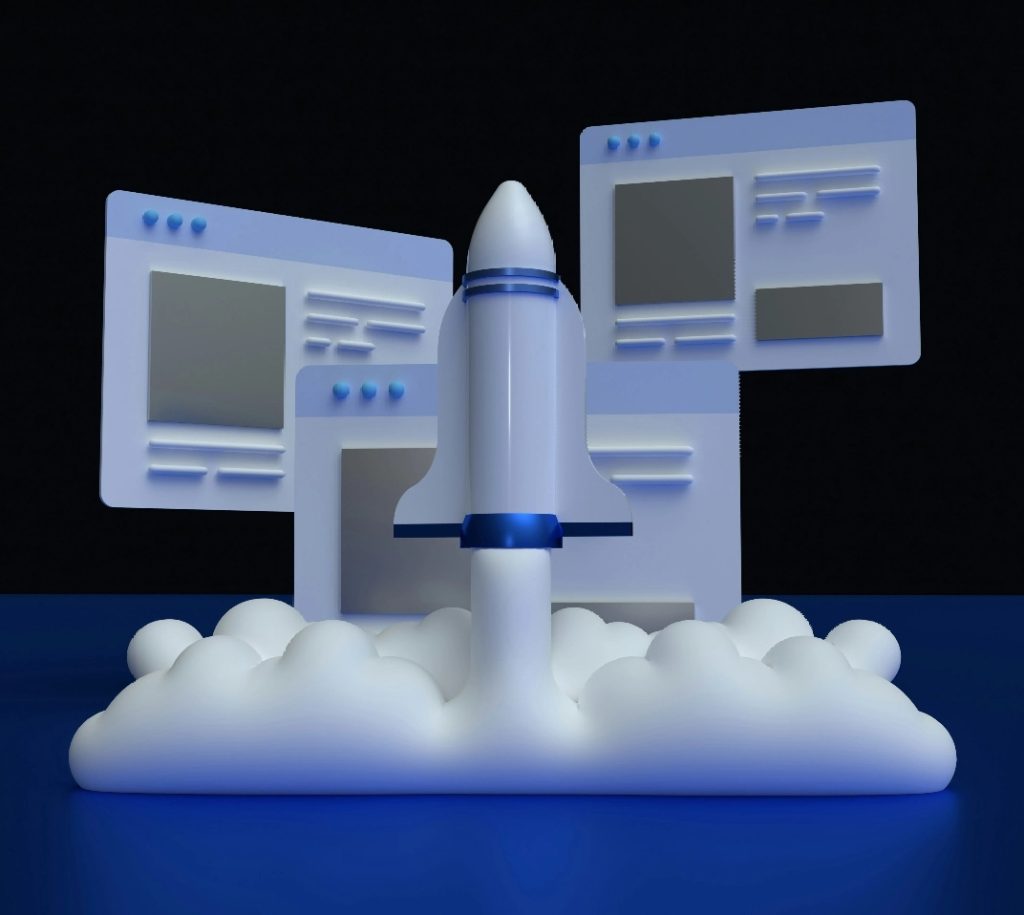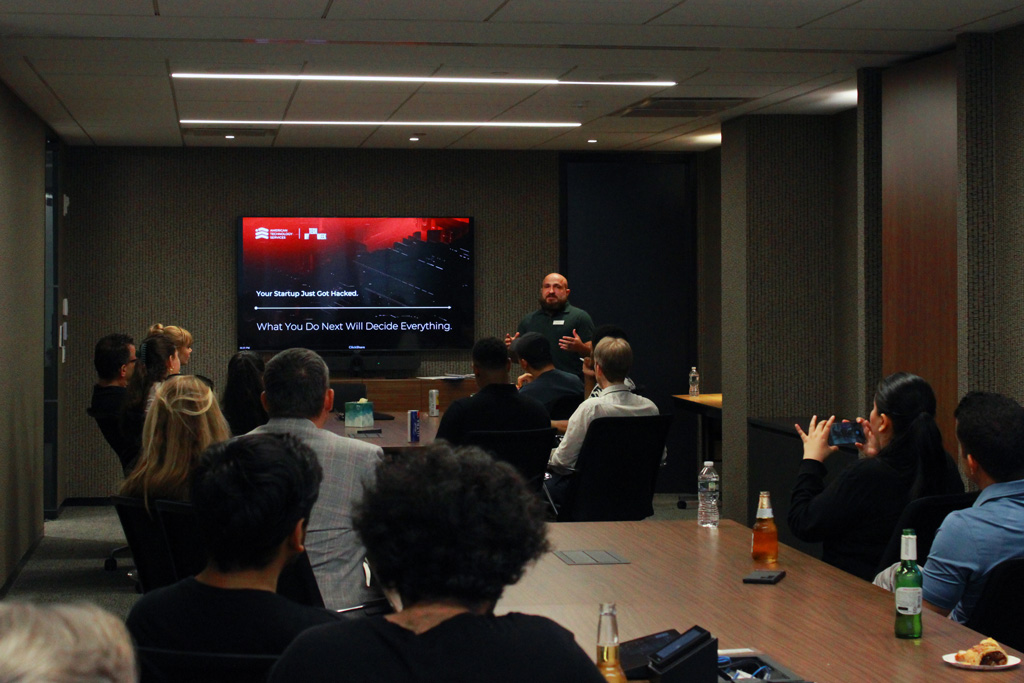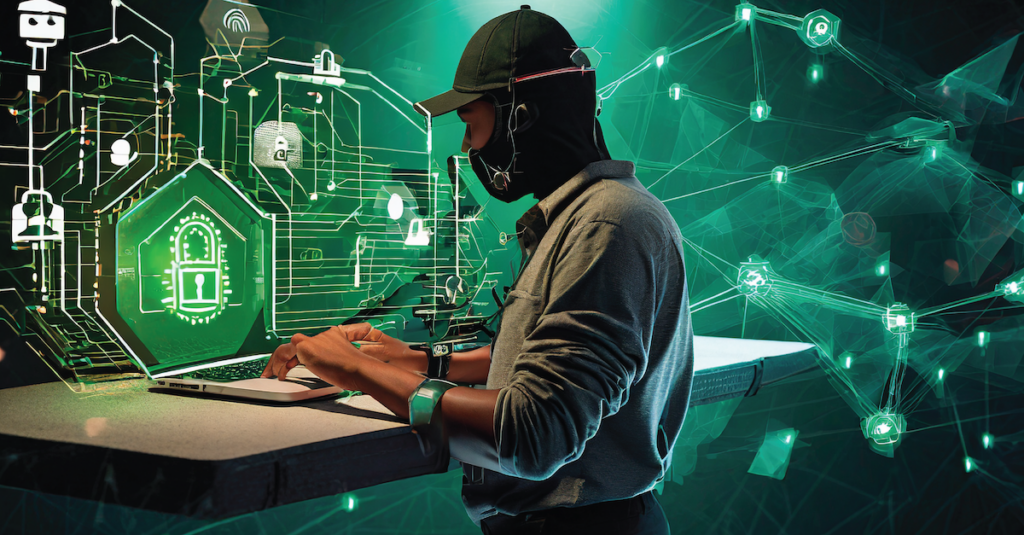Solutions /
Software Development
Develop Your Ideas into Success Stories with ATS
At American Technology Services (ATS), we excel in modern software development. Our development proficiency spans a broad spectrum to ensure your digital product is impactful and effective. From innovative design and agile mobile development to advanced backend solutions and comprehensive web development, ATS achieves outstanding results. Our commitment to quality, security, and scalability ensures that your projects are completed on time and exceed your expectations. Let us help you leverage technology to drive growth, enhance user engagement, and stay ahead.
Design Services
ATS design services focus on creating visually stunning and user-friendly interfaces. Whether it’s UX, UI, or prototyping, we ensure that your digital products provide exceptional user experiences.

Mobile Development
ATS specializes in developing high-performance mobile applications using native, React Native, and Flutter technologies. Our mobile development services ensure that your apps are efficient, responsive, and fitted with the functionality that meets the needs of your users across all platforms.
Web Development
Our web development services encompass a range of technologies, including WordPress, Webflow, React, and Vue.js. ATS builds dynamic, scalable, and secure websites that enhance your online presence and allow you to engage your audience effectively.

Backend Development
ATS offers high-performing backend development services, including database management, on-premises and cloud solutions, and DevOps for continuous delivery. Our expertise ensures your backend systems are secure, scalable, and optimized for performance.
Software Solutions
Explore our comprehensive software solutions, including IoT, eLearning, crowdfunding, geolocation and mapping, Google Cloud integration, and data management and CRM. ATS provides customized solutions that address specific business challenges and drive innovation.

Convert Your Ideas into Impactful Solutions
Partnering with ATS means choosing a software development team dedicated to your success. ATS’ software development services are designed to propel our clients’ businesses forward, ensuring they stay competitive and innovative. With a focus on quality, security, and client satisfaction, ATS delivers custom software development solutions that solve real problems. Contact us today to learn how we can create together.
Featured Articles
Articles / On June 5, ATS opened its doors for NY Tech Week and turned a 6th-floor downtown office into...
Articles / Businesses and individuals face a rapidly growing menace. Account Takeover (ATO) fraud is a sophisticated cybercrime reaching alarming...
Articles / Businesses are increasingly threatened by Distributed Denial of Service (DDoS) attacks. These attacks are designed to disrupt network...
Articles / The demand (and need) for ensuring system and data security is greater than ever and increasing at an...



